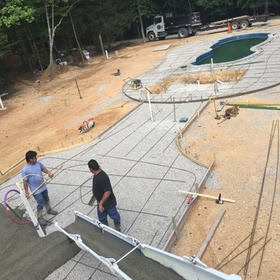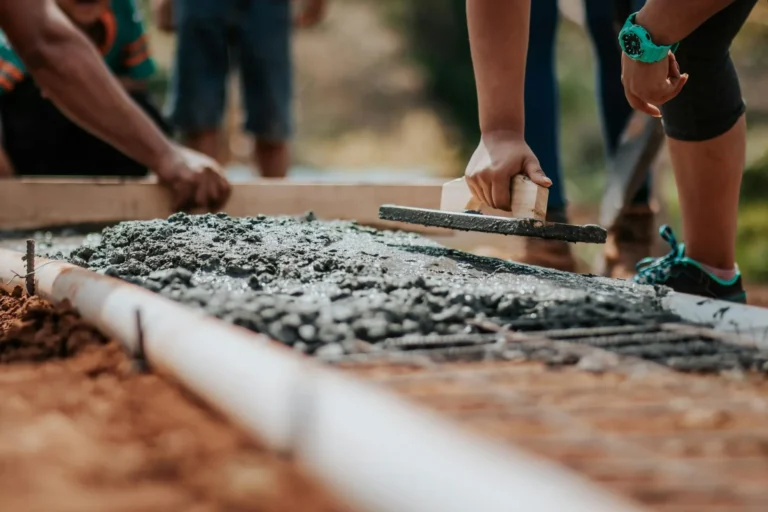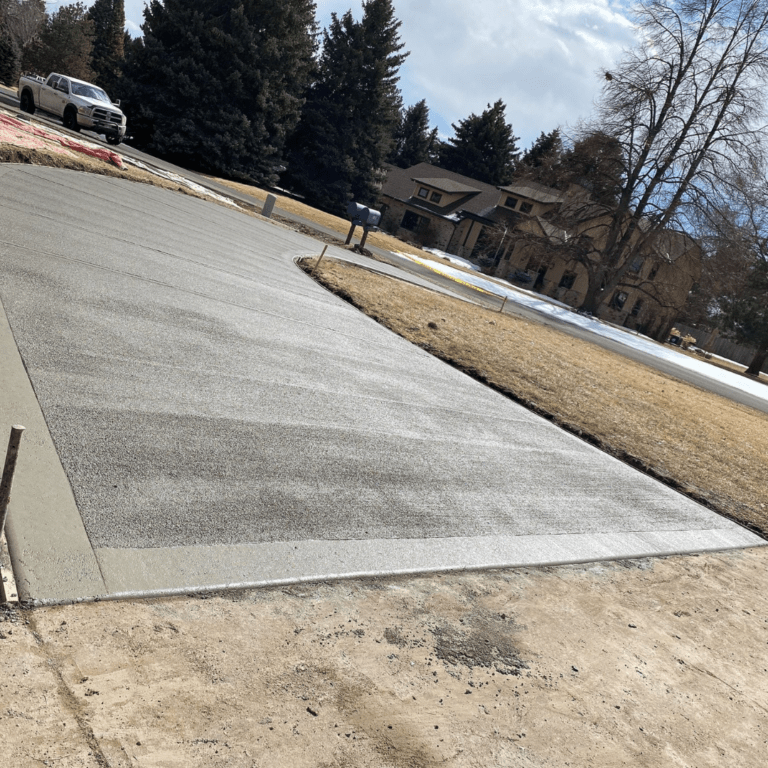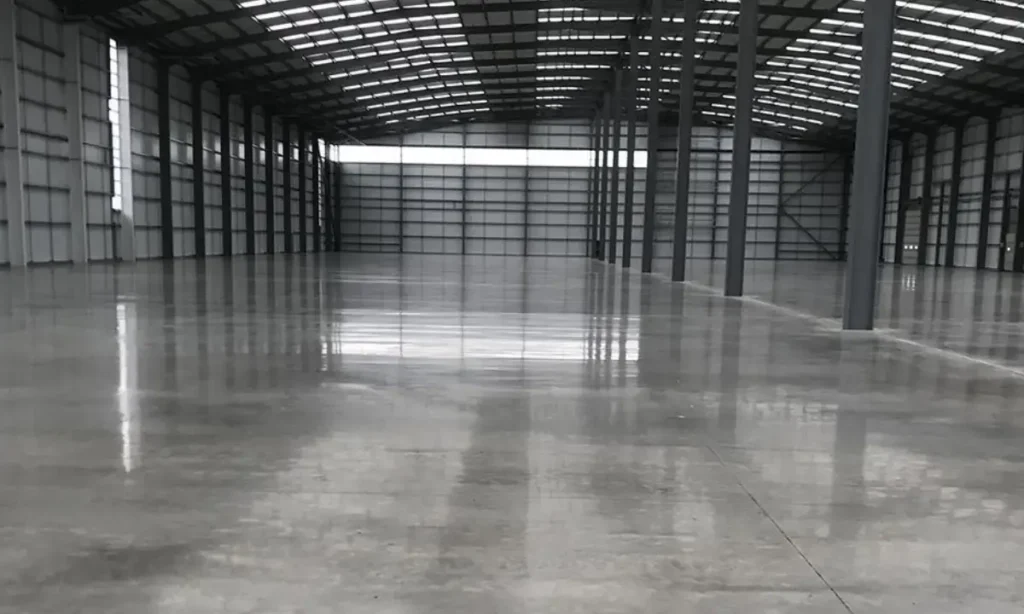Rebar, or reinforcing bar, plays a pivotal role in concrete construction by addressing the inherent tension weakness of concrete, which is strong in compression but weak in tension. By strategically placing rebar within concrete structures, such as beams, columns, and slabs, the combination creates a composite material that can withstand a variety of forces.
Rebar helps control and distribute cracks that may occur during curing and aging, preventing them from compromising the overall structural integrity. When considering the rebar menu, it’s essential to evaluate various rebar sizes suitable for the specific rebar construction needs to ensure optimal structural performance.
Strength and Durability:
Concrete is strong in compression but relatively weak in tension. Rebar is used to enhance the tensile strength of concrete. The combination of concrete’s compressive strength and rebar’s tensile strength results in a material that can withstand a variety of forces, such as those caused by structural loads and temperature changes.
Prevention of Cracks:
Rebar helps control cracking in concrete. As concrete cures and ages, it can develop cracks due to factors like shrinkage and temperature changes. The presence of rebar helps distribute and control these cracks, preventing them from expanding and compromising the structural integrity of the concrete.
Load Distribution:
Rebar provides a means of distributing loads more evenly throughout a concrete structure. This is particularly important in large or complex structures where the weight and stress distribution need careful consideration.
Structural Stability:
In structural elements like beams, columns, and slabs, rebar is used to reinforce critical areas and ensure the stability and integrity of the structure. It helps the structure resist deformation and maintain its shape under various loads.
Bonding with Concrete:
Rebar is designed with surface deformations (ribs) that enhance its bond with concrete. This bond is crucial for the effectiveness of the reinforcement. The combination of concrete and rebar creates a monolithic structure where the two materials work together to resist applied forces.
Flexural Strength:
Rebar enhances the flexural strength of concrete elements, allowing them to bend without breaking. This is particularly important in structures subjected to bending loads, such as beams and slabs.
In summary, rebar’s importance in concrete installations is multifaceted, encompassing tensile strength enhancement, crack prevention, load-bearing capacity improvement, flexibility, and compliance with rigorous building codes, collectively contributing to the creation of durable, stable, and safe structures.
For further details, visit Hugo’s concrete






